Back in February the then Shadow Minister for Water Terri Butler indicated she would seek to tear up a key agreement about how water for the environment could be recovered.
Specifically, she was referring to an agreement between all Murray Darling Basin Water Ministers to adhere to a strict socio-economic test for any water recovered towards the additional 450GL target often referred to as “up water.”
Since the election we haven’t heard from Ms Butler’s successor and new Water Minister Tanya Plibersek whether she agrees the test should be wound back.
I would urge Ms Plibersek not to make such a decision without first hearing from the very communities that lobbied hard for that test to be recognised.
In 2012, just before the Basin Plan was tabled in Parliament, and without consultation, then Prime Minister Julia Gillard was joined on the banks of the Lower Lakes by South Australian Premier Jay Weatherill to announce the additional target of 450GL to deliver a “relaxed constraints” Basin Plan without socio-economic detriment.
Paraphrasing the text of the Basin Plan, the original test was either the participation of (individual) consumptive water users to recover water through infrastructure or State led projects.
Fast forward six years and it was increasingly apparent that all water recovery from consumptive users, even when tied to infrastructure works, was having a negative impact, particularly in networked systems such as Murray Irrigation or Goulburn-Murray Water.
Community advocates went to great lengths to explain the flow on impacts of water recovery. Recent events give us simple anecdotes that can be used to paint the picture. They are overly simplistic and I am all too well aware this is not all there is to it, but they serve an explanatory purpose.
Imagine an irrigation network is an energy provider. They must pay for the poles and wires and they do so by charging their customers per kilowatt of power used. Then imagine the Government said, you can only deliver two thirds of your yearly average. The only way to recoup their costs is to increase the prices.
Then imagine a market, whereby demand remains, but there is 30% less product to sell. Think Toilet paper during COVID. Everyone wants some, but not everyone can get some. The market then sees the price go up and up because those who really want it will pay for it.
Therefore, regardless of an individual water users’ position, any transfer of water from consumptive accounts will have an impact in the broader water market.
The 2018 agreed socio-economic criteria does not preclude projects being approved. But it adds a layer of transparency and community consultation to ensure proposals really do have a neutral or positive social and economic outcome. That process should be welcomed by all.
Much has been learned and reported on the negative impacts on communities from 15 years of water recovery management (noting that water recovery in the name of the Basin Plan commenced five years before the Plan was implemented).
In the same time much has been learned about how to achieve environmental outcomes by environmental water managers working with farmers, irrigation corporations and communities.
These lessons should be heeded. Winding back the social economic test will only benefit a few individuals and deliver no environmental benefit as the constraints remain unresolved. A topic for a future column perhaps.
[ENDS]
